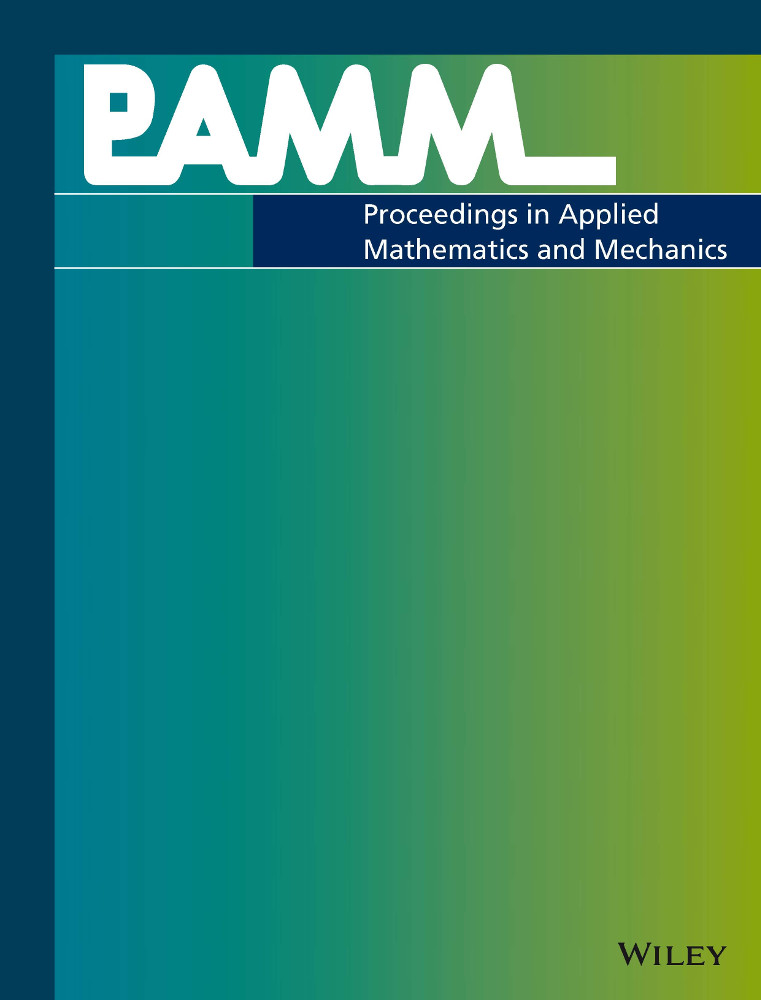Closed-loop adaptive model predictive control of a bluff body wake
Abstract
A machine learning methodology is outlined to achieve robust closed-loop feedback control of a bluff body turbulent wake. A Long Short-Term Memory (LSTM) Neural Network is implemented with Model Predictive Control (MPC) to achieve closed-loop flow control. The LSTM model is trained using actuation and pressure sensor data to forecast future pressure states. The candidate system is a square cross-sectional cylinder with two modulated moving surface actuators embedded in the windward face leading corners. The controller performance is tested experimentally for three objective functions: recovery of mean-base pressure set-point after perturbation; and minimization of drag or wake fluctuation intensity. An adaptive learning strategy is implemented to adjust the model to new Reynolds number (Re) conditions without user intervention, thereby extending the controller performance and achieving more robust control. The identified minimum drag and wake fluctuation cases are analysed using velocity field data measured with particle image velocimetry.




